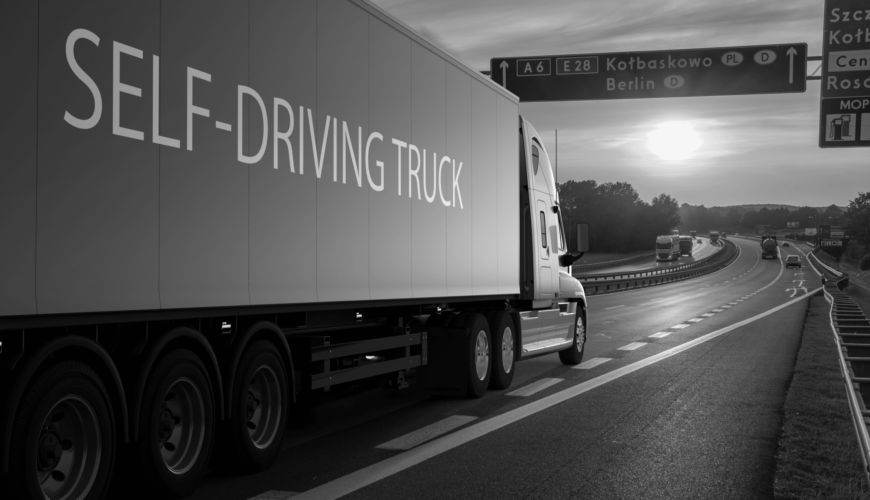Are Autonomous Trucks the future backbone of the supply chain? With a continuing truck driver shortage, many supply chain professionals yearn for the day when heavy-duty autonomous trucks can handle the bulk of US freight. And while some states have advanced efforts to make that a reality, hurdles still exist for widespread implementation. The latest snag in the slow march to driverless vehicles comes from the state of California, where the state assembly passed a bill that would require autonomous trucks to keep safety operators on board until it can complete a series of reviews, lasting all the way until the year 2029.
Behind the legislation has been a series of accidents involving driverless light-duty vehicles in San Francisco. Records from emergency calls and eye-witness videos caught driverless vehicles stopping suddenly, blocking emergency vehicles, and causing several accidents. California legislators want to prevent the scaling up of AV use to heavy-duty autonomous trucks until they have seen the results from far more testing and reviewing. In the meantime, autonomous trucks will need safety operators along for the ride.
Not surprisingly, the Autonomous Vehicle Industry Association is unhappy with the California approach, stating that the bill “is a preemptive technology ban that will put California even further behind other states and lock in the devastating safety status quo on California’s roads, which saw more than 4,400 people die last year.”
Autonomous truck legislation has rested with individual states, which has complicated their widespread adoption. At least twenty states have AV trucking laws in the books. Some are quite friendly to the trucks, while others, like California, are restrictive. Texas sits at the opposite end of the spectrum from California, going as far as to exempt automated vehicles from some of the regulations that apply to human drivers. As a result, the ability for AV trucking to easily avail itself to long-haul, interstate trucking is limited for now.
Where are the Feds on Autonomous Trucks?
That is not to say that the federal government is not closely watching AV trucking developments and seeking comment from the public. In March, the Federal Register published a request for input on level four and five automated driving systems, which take human drivers out of the equation entirely. The Federal Motor Carrier Safety Administration (FMCSA) is using public input to consider a host of issues with AV trucking, including whether such trucks should require additional inspection requirements; whether carriers operating autonomous trucks should have to notify the agency when operating them over interstates; and a request to assess the current size of AV trucking fleets, as well as predictions for those sizes in the next 10 years.
Past regulations from the federal government concerning AV trucking have included an order that carriers report all related crashes, a requirement that will continue through June of 2024. The agency also requires that AVs must provide the same kind of occupant protection that existing traditional trucks include.
Heavy-duty AV trucking is no doubt in the future, but state and federal governments will continue to evaluate and regulate until that day arrives. Contact OPSdesign today for all your supply chain consulting needs.


